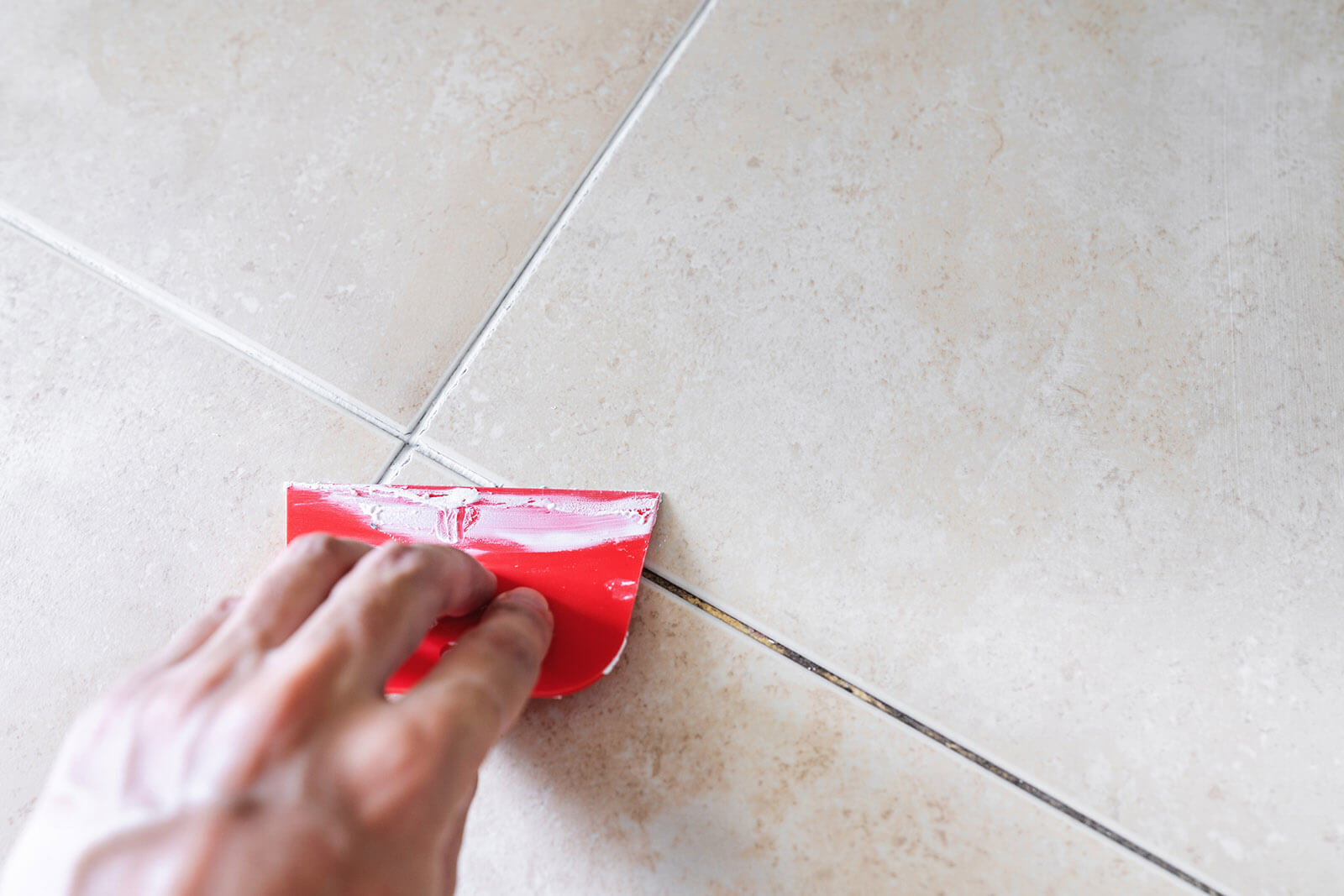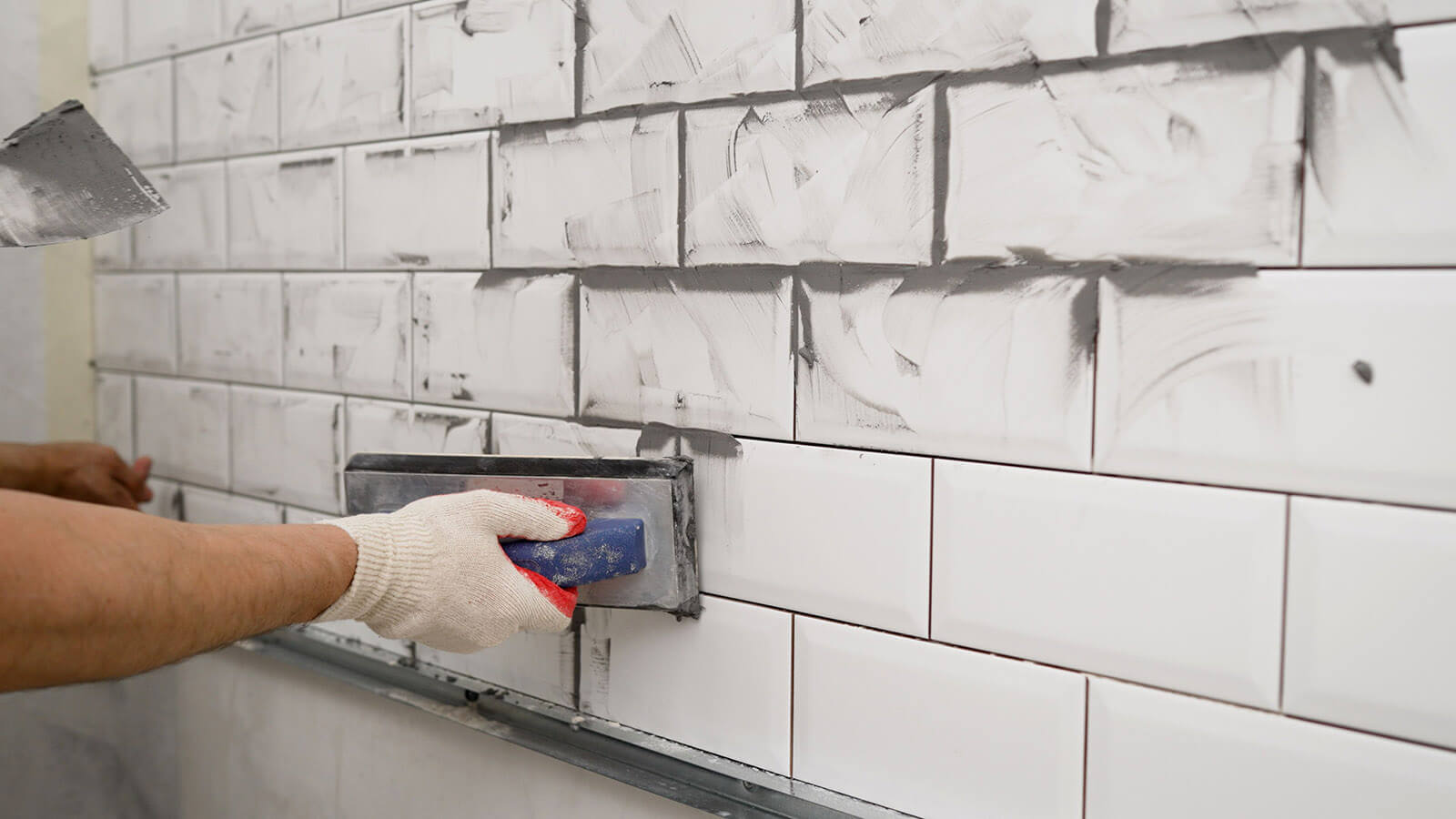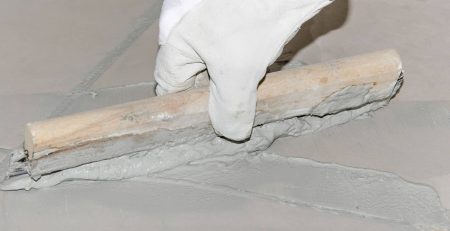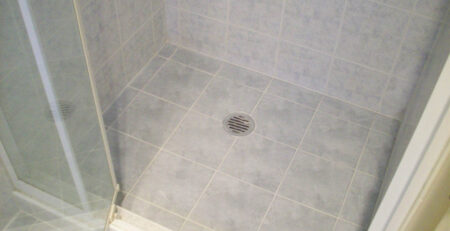You’ve spent weeks decluttering, repainting walls, and sprucing up your garden. The photos are scheduled, the agent is locked in, and you’re ready to list. But there’s one detail you might have missed, and it’s sitting right there in your bathroom, quietly working against you.
Damaged, discoloured, or crumbling grout.
It might seem like a small thing, but to a buyer walking through your home, it’s definitely an eyesore. Grout issues send a clear message: this property hasn’t been cared for. And once that doubt creeps in, it spreads. Buyers start looking for other problems. They second-guess the price. Some might even imagine costly repairs and water damage lurking behind the tiles.
In this post, we’ll walk you through why neglected grout can derail your sale, how to spot the warning signs, and why professional regrouting is one of the smartest moves you can make before putting your property on the market.
Why Old and Missing Grout is a Red Flag for Buyers?
Grout exists to seal the gaps between tiles and prevent water from seeping through. When it fails, moisture gets behind the tiles, into the walls, and down into the subfloor. Over time, this leads to rot, mould, and damage that can cost tens of thousands to repair.
Buyers often know this. Investors definitely know this. And when they see compromised grout, they don’t just see an eyesore, they see an imminent liability.
In New South Wales, waterproofing is taken seriously for good reason. The NSW Government regulates waterproofing work to ensure wet areas are properly sealed and compliant. If your grout is crumbling, buyers may question whether the original work was done to standard, and that raises even more red flags.
Top 5 Reasons to Regrout Before You Sell
-
Earn Buyer Confidence
Cracked grout, hollow-sounding tiles, and missing corners make people think “moisture.” Even if there’s no active leak or need for waterproofing work, suspicion alone can reduce offers.
On the flip side, when your property looks neat and sharp, buyers stop looking for faults. Regrouting (paired with fresh, mould-resistant silicone) restores the water barrier at the surface and shows your wet areas are cared for – especially critical in showers, around baths, and kitchen splashbacks.
-
Immediate Visual Enhancement
Buyers buy with their eyes. Even if your tiles are in perfect condition, discoloured grout makes the whole bathroom look dated.
However, a clean grout line turns a tired bathroom into a crisp, photo-ready space – often in a single day and at a fraction of renovation costs. If your tiles are still the style you want, regrouting delivers a “mini-reno” look that photographs well and performs at inspections.
-
Easy Pass on Building and Pest Reports
When building inspectors note deteriorated grout or perished silicone, reports can sound alarming to risk-averse buyers. Professional regrouting reduces the chance of red flags like “failed seals,” “water ingress risk,” or “mould observed,” helping your property read as low-maintenance and move-in ready.
-
Hygiene, Air Quality, and Odour Control
Old grout can harbour mould and mildew – particularly in warm, steamy showers.
New grout and correctly applied silicone help interrupt that cycle. The result: cleaner lines, fewer smells, less visible mould, and a space that feels fresher the moment someone walks in. Discuss your shower tile repair needs with professionals to ensure a clean bath area.
-
Smart Spend with Persuasive ROI
Properties with obvious cosmetic or structural issues don’t just sell slower, they sell for less.
Unlike a full bathroom renovation, which can take weeks and cost tens of thousands, a tile repair or regrouting job is fast, affordable, and delivers an immediate visual payoff. Most jobs are done in a day or two, meaning you can schedule it right before your listing goes live. Not to forget, freeing your budget for styling, paint, or lighting that also influence perceived value.
Wondering how much tile regrouting cost? Contact our team for a free, no-obligation quote.
How to Spot Grout Problems Before Listing
If you’re unsure whether your grout is helping or hurting your sale, here’s what to look for during your pre-listing walkthrough:
Discolouration: Grout that’s turned yellow, brown, or black is a dead giveaway of mould, mildew, or age. Even if it’s just surface-level staining, buyers won’t take the time to figure that out.
Edges & seals: Peeling or mould-stained silicone, especially around shower screens, baths, niches, and internal corners.
Soft or crumbly texture: Run your finger along the grout lines. If it feels soft, flakes off, or crumbles under light pressure, it’s lost its integrity.
Mould growth: Black or green patches that won’t scrub away are mould, and they’re a dealbreaker for most buyers. Mould doesn’t just look bad, it raises health and safety concerns.
Loose or hollow-sounding tiles: If tiles move when pressed or sound hollow when tapped, there’s likely water damage underneath. This often goes hand-in-hand with failed grout.
If you’re planning renovations or repairs and you’re in a strata property, it’s worth checking the NSW Government’s guidelines on strata renovations to make sure you’re compliant, especially if your work involves wet areas.
Ready to List with Confidence?
Professional regrouting transforms the look of your space overnight. Fresh grout brightens the tiles, makes the space feel larger, and gives buyers the impression that the property has been meticulously maintained.
If you want your home to look its best without a full renovation, regrouting is the fastest way to remove doubt and add polish. At Tile Regrouting, our specialists service homes across Sydney and surrounding NSW suburbs, delivering neat lines, watertight seals, and bathrooms that photograph beautifully. To regrout bathroom or discuss your tile repair needs, contact us today.







